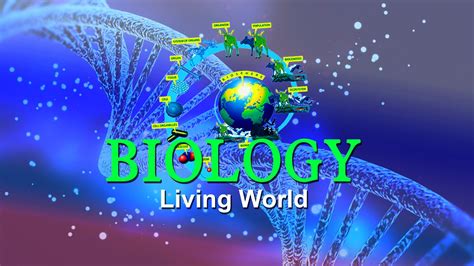In the vast and intricate field of biology, educators have a critical opportunity to veer away from the traditional pedagogical routes of rote memorization towards a more engaging, discovery-driven teaching style. This approach not only illuminates the intricate beauty of life forms from the cellular level to complex ecosystems but also taps into the naturally curious instincts of learners. To truly capture the awe of biology, educators might do well to intertwine the factual backbone of the discipline with the thrilling narrative of scientific discovery and the wide-ranging applicability of biological concepts in real-world scenarios.
The core challenge in the current education system lies in the passive learning models that domi… The full content of this article uses dynamic and engaging teaching strategies, leveraging the power of storytelling and practical application to bring the wonders of biology to life. This not only enriches the learning experience but prepares students to think critically and creatively as they explore the biological sciences.
Looking deeper, the disconnection many students feel towards biology may stem from how it’s traditionally taught as compartmentalized, isolated facts. A solution could be thematic teaching that connects various biological concepts to form a cohesive understanding. For instance, educators could connect lessons on cellular structures to real-world biomedical applications, or ecological biodiversity to climate change impacts, making learning both relatable and relevant.
Moreover, the incorporation of technology and interactive media in teaching biology could significantly enhance engagement and understanding. Tools like virtual labs, animations of molecular processes, and interactive simulations could bring to life the beauty and complexity of biological processes that static images in textbooks fail to convey. This could help dispel the notion that biology is just a collection of terms to be memorized rather than a dynamic field that is continuously evolving.
In addition to revamping how biology is taught, the academic journey of a biology student should also emphasize critical thinking and the scientific method. Projects and experiments that challenge students to hypothesize, experiment, and conclude could reinforce the practical aspects of science, mirroring how real-world scientific inquiry operates. This experiential learning, which mirrors the challenges and discoveries of professional scientists, could make the educational journey in biology as thrilling as the subject itself.
Ultimately, the goal of reinvigorating biology education is to cultivate a generation that not only understands the facts of biology but is also inspired by its possibilities. By transforming biology education into a more interactive, problem-solving oriented, and awe-inspiring experience, we can better equip students to tackle the scientific challenges of the future, ensuring that the field continues to grow and evolve with each new generation.


Leave a Reply